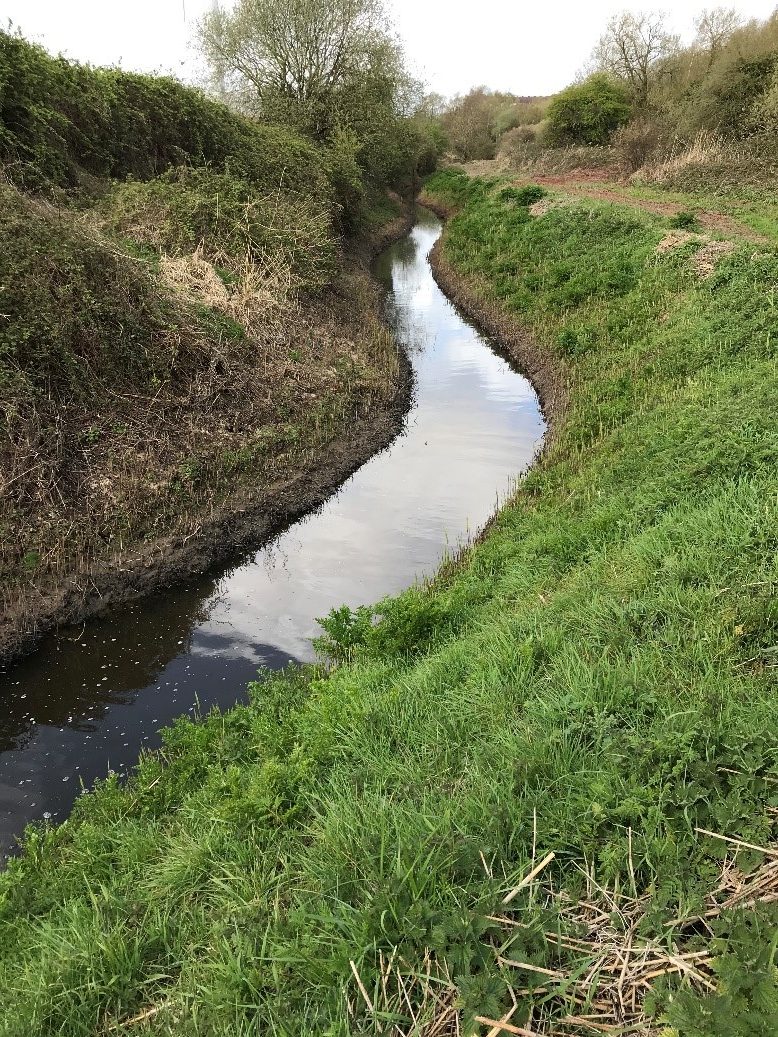Unlocking value from heavily degraded land using an innovative approach to remediation
Former Steelworks Waste Landfill, Wales
Our client has challenged us to develop an innovative approach for the remediation and rehabilitation of a significant parcel of land that was previously used as a hazardous waste landfill. Working closely together, we developed an ambitious roadmap for the redevelopment of the site for new commercial use, based on a concept that has been successfully applied by EESI in Australia. Central to this plan is the establishment of a permitted facility that maximises the sustainable use of recovered waste soil to complete the required rehabilitation and remediation work.
The Backstory
This site in Wales was utilised as a waste dump since the 1940s. The first waste to be deposited on the site was red mud. a residue from the production of Aluminium between the 1940s and 1960s; the red mud was pumped into eight large purpose-built lagoons. In the 1960s Aluminium production was replaced by a steel mill (arc furnace). Following this change of use, the site was utilised as a disposal site for waste material from the steel works operation. It is understood that waste generated in the steel mill was disposed onto the site up until the early 2000s, and it has since been abandoned.

Limiting Uncertainty
To date we have overseen site investigation and ecological survey work to establish a detailed baseline conceptual site model (CSM). This valuable CSM data has been fed back into the road map and has been used to prepare a preliminary remediation strategy that addresses identified primary remedial objectives and wider project objectives. These include protecting sensitive ecological habitats, biodiversity enhancement, geotechnical ground improvement and the discontinuation of reservoir act listed open waterways. The next stage of this project will require additional investigation and modelling work to support the development of detailed remediation strategy.

Setting out the Road Map
As part of our early engagement, we developed a series of detailed cost models and commercial forecasts, capturing the risks and uncertainty associated with this challenging project. Expanding upon this, we used available information to identify potential constraints that could have the potential to impact on how this project is delivered. From this we set out our provisional road map, which plots a sequenced route towards the establishment of a regulatory approved detailed remediation strategy.
The primary remediation objective is the management of potential pollution risks associated with elevated heavy metals in soil and groundwater. A wider rehabilitation strategy will also need to be developed to address other redevelopment aspects, including the management of sensitive ecological habitats, complex geotechnical constraints and the discontinuation of reservoir act listed open waterways. To support the development of a viable, site-wide remediation and rehabilitation strategy, we engaged with ecological and other specialist consultants as part of our project team, which we hope to expand as the project progresses.
For more information on this case study, or to find out how we can help you with your next remediation project, please get in touch.
Wed Like to Hear From You.
Enter your email address and receive a first-look at our unique BioPiling innovation.

